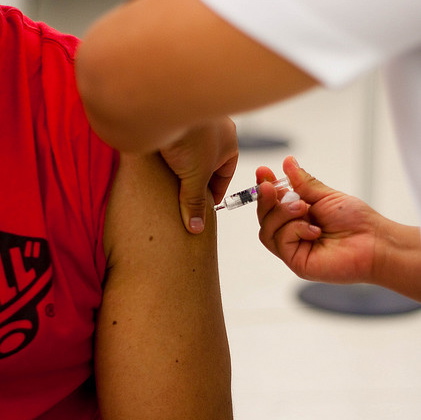
Two hundred and eighty-eight cases of measles were reported to the Centers for Disease Control and Prevention (CDC) in the United States between Jan. 1 and May 23, 2014, the largest number of measles cases in the United States reported in the first five months of a year since 1996. Many of the cases were brought to the U.S. by people who had not been immunized against the disease and had traveled to foreign countries where measles has been reported.
“The current increase in measles cases is being driven by unvaccinated people, primarily U.S. residents, who got measles in other countries, brought the virus back to the United States and spread to others in communities where many people are not vaccinated,” said Anne Schuchat, M.D., assistant surgeon general and director of CDC’s National Center for Immunizations and Respiratory Diseases. “Many of the clusters in the U.S. began following travel to the Philippines where a large outbreak has been occurring since October 2013.”
Measles is a highly contagious viral illness that can lead to severe complications and death. Even patients with an uncomplicated case of measles have a small risk of developing neurologic illness years after their infection. And while measles was determined to be eliminated in the United States in 2000, importation of measles cases by unvaccinated travelers to foreign countries where the disease still exists, and some spread of the disease in the US, continues to occur. Between January 1 and April 18, 2014, the California Department of Public Health received reports of 58 confirmed measles cases, the highest number reported for that period since 1995. Patients ranged in age from 5 months to 60 years. Between 2000 and 2013, the median annual number of measles cases reported in California was nine.
The CDC says health care providers need to be alert to the possibility of measles and be familiar with the signs and symptoms so they can detect cases early. “Many U.S. health care providers have never seen or treated a patient with measles because of the nation’s robust vaccination efforts and our rapid response to outbreaks,” says Schuchat.
Vaccination is the best way to prevent measles. CDC recommends two doses of measles, mumps, and rubella (MMR) vaccine for everyone starting at age 12 months. For those travelling internationally, CDC recommends that all U.S. residents older than 6 months receive MMR vaccine, if needed, prior before leaving the U.S.





